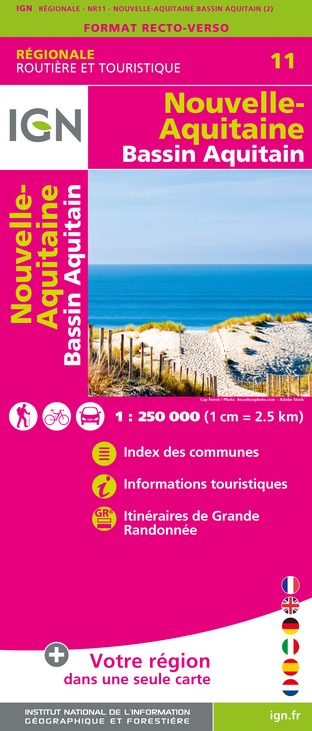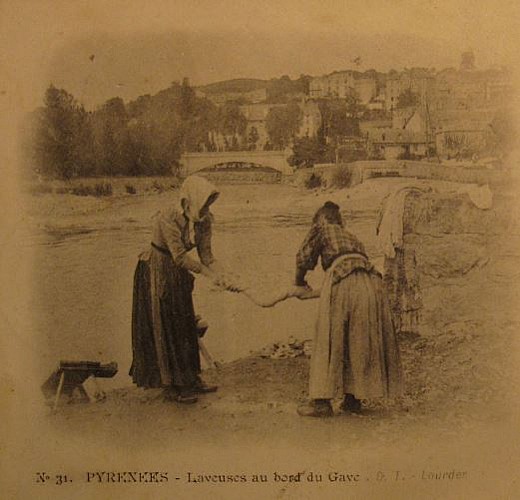Alert
Alerts
Type of practice
Walking
Very easy
1h30mn
Presentation
Description
Map
Points of interest
Ratings and reviews
See around
Bernadette’s life path

IGN cards

1647ET - LOURDES ARGELES-GAZOST LE LAVEDAN
Editor : IGN
Collection : TOP 25 ET SÉRIE BLEUE
Scale : 1:25 000
13.90€

TOP75019 - GAVARNIE NEOUVIELLE LUCHONNAIS PIC DU MIDI DE BIGORRE
Editor : IGN
Collection : TOP 75
Scale : 1:75 000
9.80€

TOP75018 - VIGNEMALE PIC DE GER VALLEE D'OSSAU
Editor : IGN
Collection : TOP 75
Scale : 1:75 000
9.80€

TOP100D64 - PYRÉNÉES-ATLANTIQUES PAU BAYONNE BIARRITZ PAYS BASQUE BÉARN
Editor : IGN
Collection : TOP 100
Scale : 1:100 000
8.40€

TOP100D65 - HAUTES-PYRÉNÉES TARBES LOURDES GAVARNIE NÉOUVIELLE PARC NATIONAL DES PYRÉNÉES
Editor : IGN
Collection : TOP 100
Scale : 1:100 000
8.40€

D32-82 GERS TARN-ET-GARONNE
Editor : IGN
Collection : CARTES DÉPARTEMENTALES IGN
Scale : 1:150 000
5.90€

D31-65 HAUTE-GARONNE HAUTES-PYRÉNÉES
Editor : IGN
Collection : CARTES DÉPARTEMENTALES IGN
Scale : 1:150 000
5.90€

D64 PYRÉNÉES-ATLANTIQUES
Editor : IGN
Collection : CARTES DÉPARTEMENTALES IGN
Scale : 1:150 000
5.90€

NR10 NOUVELLE-AQUITAINE RECTO /VERSO LIMOUSIN POITOU
Editor : IGN
Collection : CARTES RÉGIONALES IGN
Scale : 1:250 000
6.80€

NR11 NOUVELLE-AQUITAINE RECTO/VERSO BASSIN AQUITAIN
Editor : IGN
Collection : CARTES RÉGIONALES IGN
Scale : 1:250 000
6.80€

EUROPE
Editor : IGN
Collection : DÉCOUVERTE DES PAYS DU MONDE IGN
Scale : 1:2 500 000
7.00€
Description
The Bernadette’s life path presents the small city of Lourdes, in its social and historical context, before, during and after the Apparitions of 1858. From the nineteenth century up to now, the visitor follows the evolution of the city and its necessary transformations to foster the crowds
This itinerary reveals, under the form of illustrated boards, the Marian city such as Bernadette knew and frequented it.
This itinerary which can be done in 1h30mn includes seventeen points of interest.
Technical Information
Walking
Difficulty
Very easy
Duration
1h30mn
(1d)
Dist.
12 km
Type of practice
Walking
Very easy
1h30mn
Show more
Altimetric profile
Starting point
12
Rue de Maupas
,
65100
Lourdes
Lat : 43.09708Lng : -0.05058
Points of interest
Data author
Ratings and reviews
To see around

















